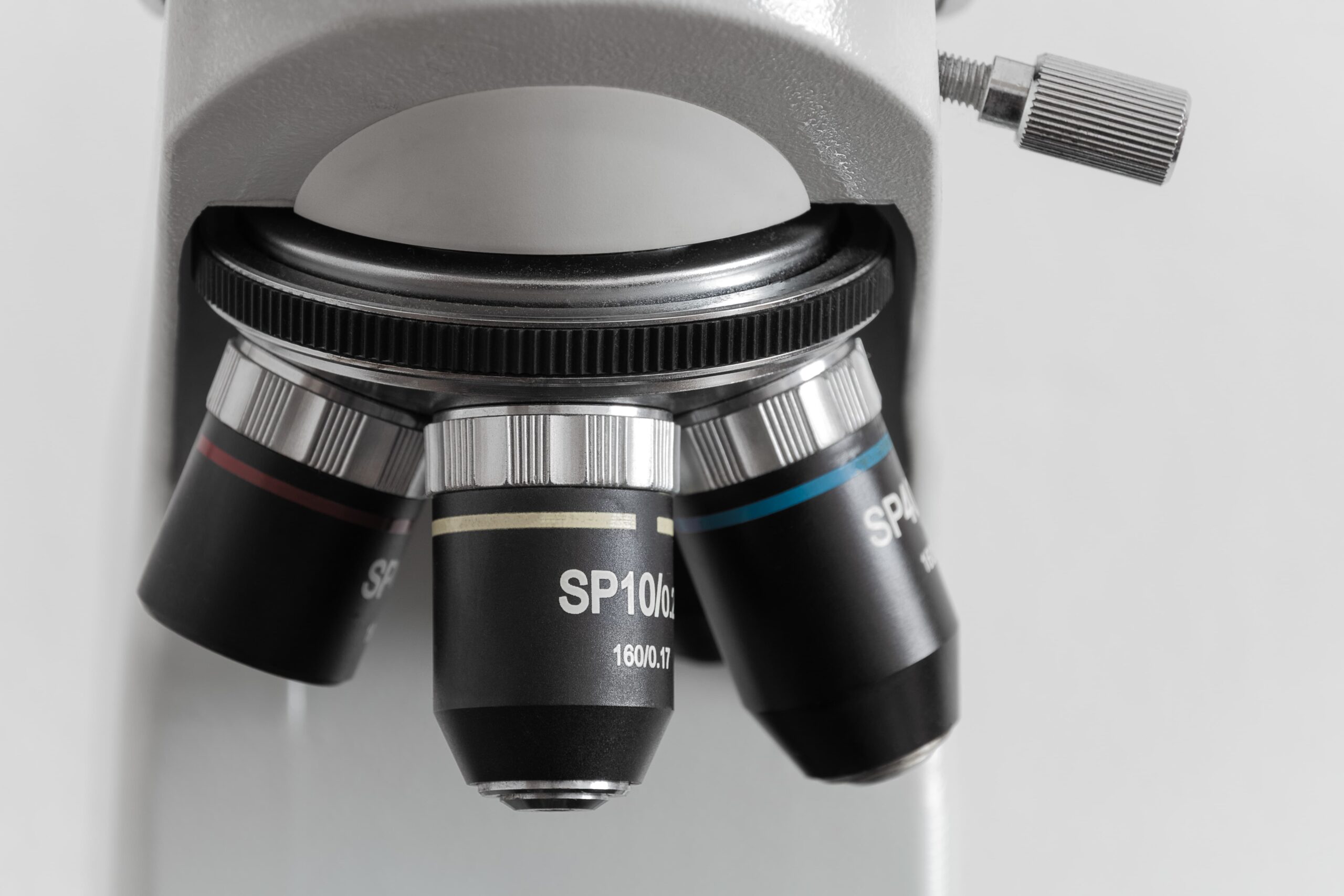
The Science Behind Media Plates: Understanding the Technology
Introduction:
In the intricate world of microbiology, the tools and technologies used are as crucial as the research itself. Among these, media plates stand out as fundamental components, playing a pivotal role in various applications, from clinical diagnostics to environmental testing. But what exactly goes into the making of these essential laboratory tools? This deep dive into the science behind media plates will unravel the technology and expertise involved in their production, offering insights into why they remain indispensable in microbiological research and analysis.
Understanding Media Plates
Media plates, commonly known as Petri dishes filled with growth media, are foundational in cultivating microorganisms. The concept, originating from the work of Julius Richard Petri in the late 19th century, revolutionized microbiology. These plates provide a sterile, nutrient-rich environment where microorganisms can grow and be observed under controlled conditions. This simple yet ingenious invention has become a staple in laboratories worldwide, allowing scientists to isolate and study bacteria and fungi effectively.
Types of Media Plates
Media plates vary based on the type of microorganisms they are designed to cultivate. Agar plates, containing a gelatinous substance derived from seaweed, are widely used for bacterial growth. Broth tubes, on the other hand, are used for liquid cultures and are essential in studying bacteria’s behavior in a non-solid medium. Specialty plates like chromogenic or selective media are formulated to isolate and identify specific bacteria strains, crucial in diagnostic microbiology.
Components of Media Plates
The composition of media plates is meticulously designed. It includes nutrients like carbohydrates, proteins, and vitamins to support microbial growth; inhibitors to prevent the growth of competing organisms; and indicators, often dyes, that react with specific bacteria types to aid in identification. The balance of these components is critical and varies depending on the plate’s intended use, whether for general cultivation or specific pathogen detection.
Manufacturing Process
The production of media plates is a study in precision. It begins with the preparation of the growth medium, which is then sterilized to eliminate any unwanted microorganisms. This sterile medium is dispensed into Petri dishes or tubes in a controlled environment to prevent contamination. Once the medium solidifies, the plates are packaged and stored under specific conditions to maintain their efficacy. Quality control is a continuous process, ensuring that each batch meets stringent standards for sterility and performance.
Role in Microbiological Research
In microbiological research, media plates are indispensable. They are used for numerous applications, including antibiotic sensitivity testing, microbial identification, and enumeration. For instance, in antibiotic testing, the effectiveness of different antibiotics against specific bacteria can be assessed by observing the bacteria’s growth pattern on the plates. In environmental microbiology, they are crucial for monitoring water quality and detecting contamination.
Advancements in Media Plate Technology
The field of media plate technology has seen significant advancements. One notable development is the introduction of chromogenic media, which contains substrates that change color when metabolized by specific bacteria strains, allowing for easy identification. Automation in manufacturing has also enhanced the efficiency and consistency of media plates, with automated filling and stacking systems ensuring higher throughput and reduced risk of contamination.
Challenges and Solutions
Contamination remains a primary challenge in media plate technology. Advances in sterile manufacturing processes, including the use of cleanrooms and automated systems, have significantly mitigated this risk. Another challenge is the limited shelf life of media plates, which has been addressed through improved formulations that extend viability and through refined storage solutions that maintain plate integrity over time.
Conclusion
The science behind media plates is both complex and fascinating. These tools are more than just simple laboratory equipment; they are the result of years of scientific innovation and meticulous engineering. As microbiological research continues to advance, so too will the technology of media plates, furthering our ability to understand and interact with the microscopic world. The future of microbiology is bright, and media plates will undoubtedly continue to play a crucial role in it.

